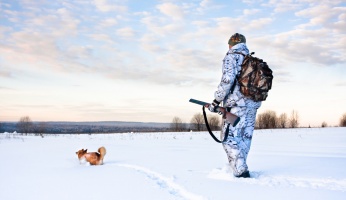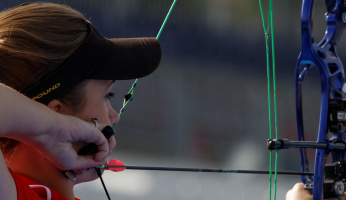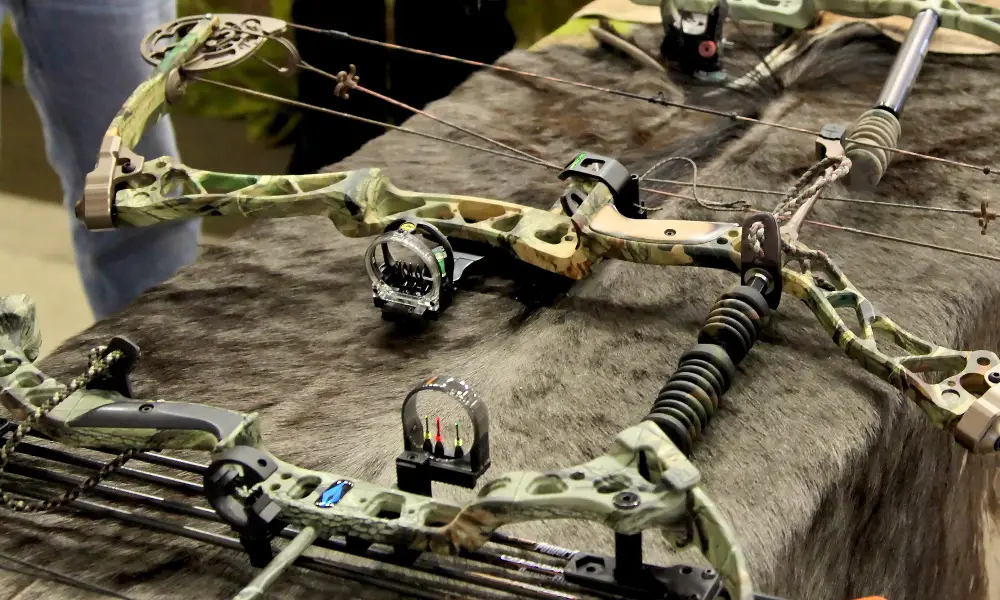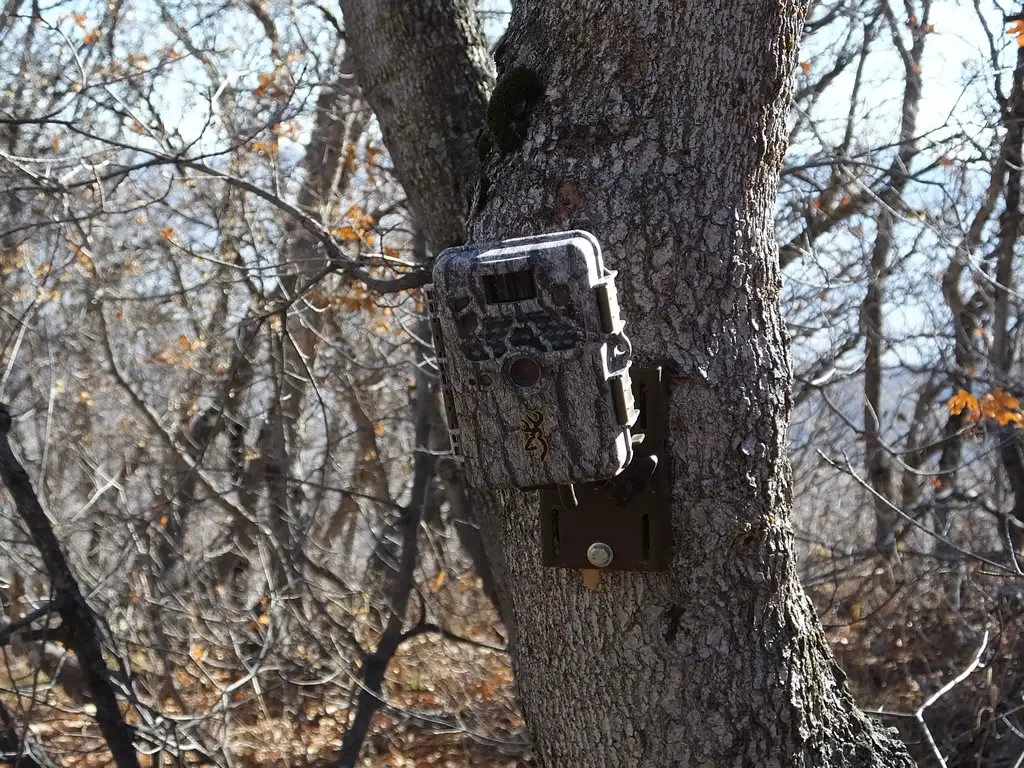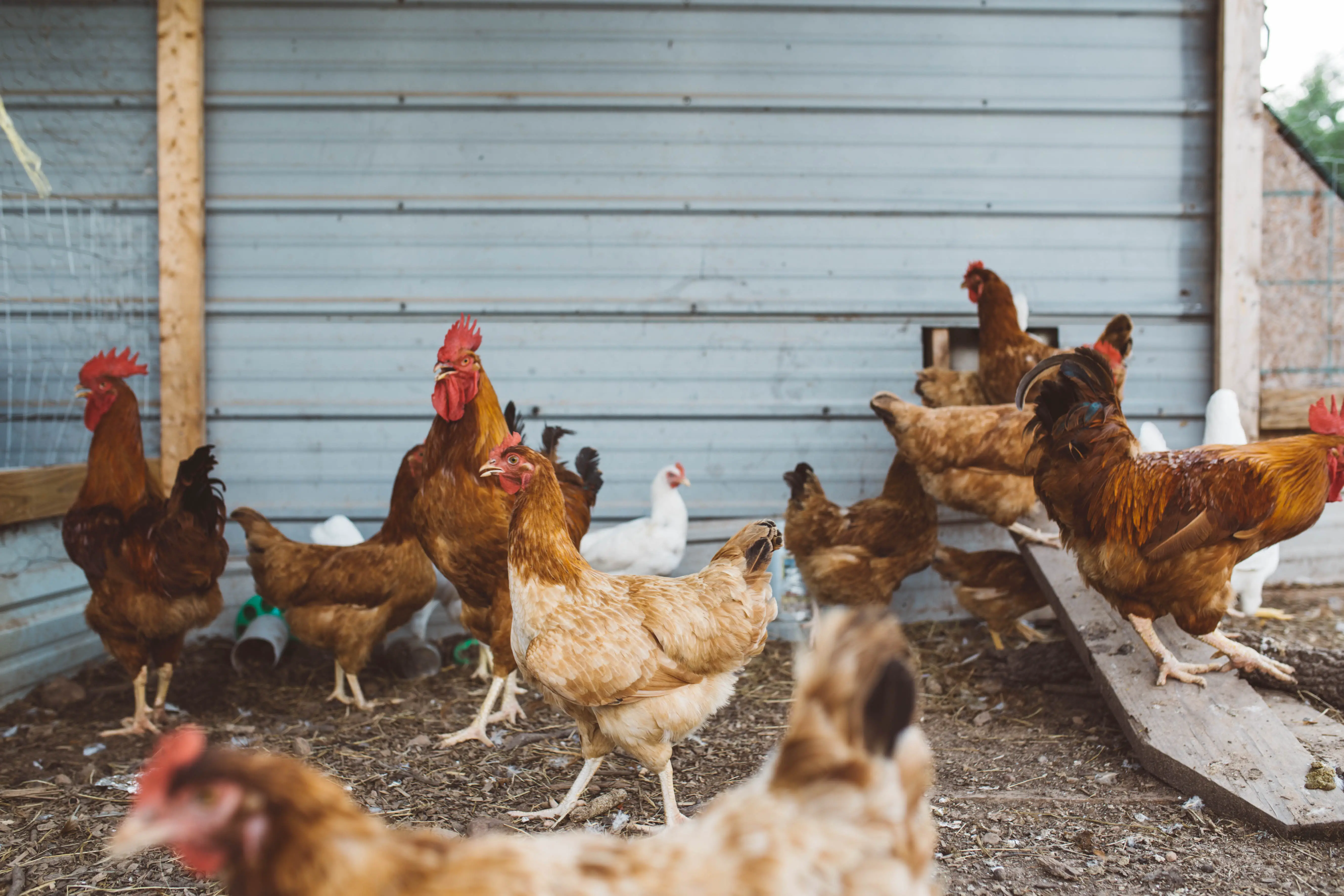Top 5 Tips For Grouse Hunting
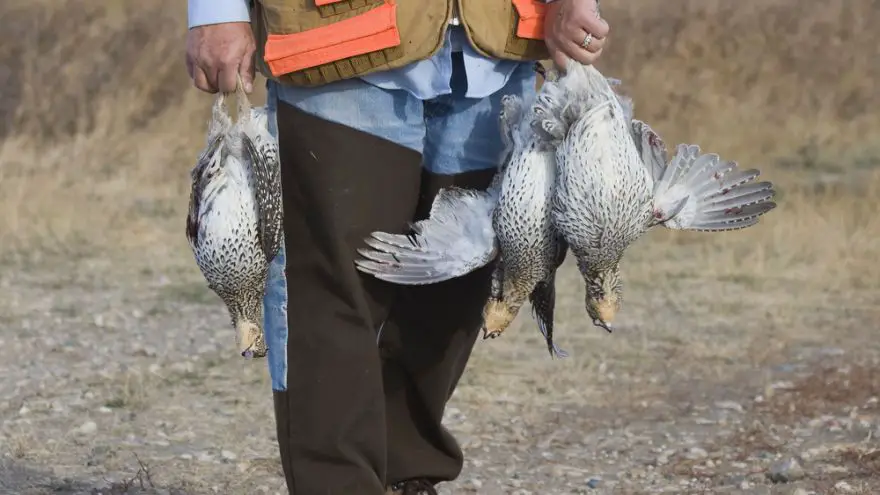 Top 5 Tips For Grouse Hunting
thegearhunt.com
Top 5 Tips For Grouse Hunting
thegearhunt.com
Not only is grouse hunting a very fun hobby for many people, it’s also a great way to put food in the table. Grouse are very common game birds in the United States, and in many scenarios they will be better to hunt than turkeys. Whereas turkeys are quite large and can cause you to waste the meat if you are alone, with grouse, you won’t have this problem.
However, many people mistakenly believe that hunting grouse requires far less skill than hunting turkey or larger game such as deer or elk. This is simply not true and can keep you from success if you follow it. Grouse hunting doesn’t mean that you just walk around in the forest and expect one to randomly fly out of the brush for you to shoot.
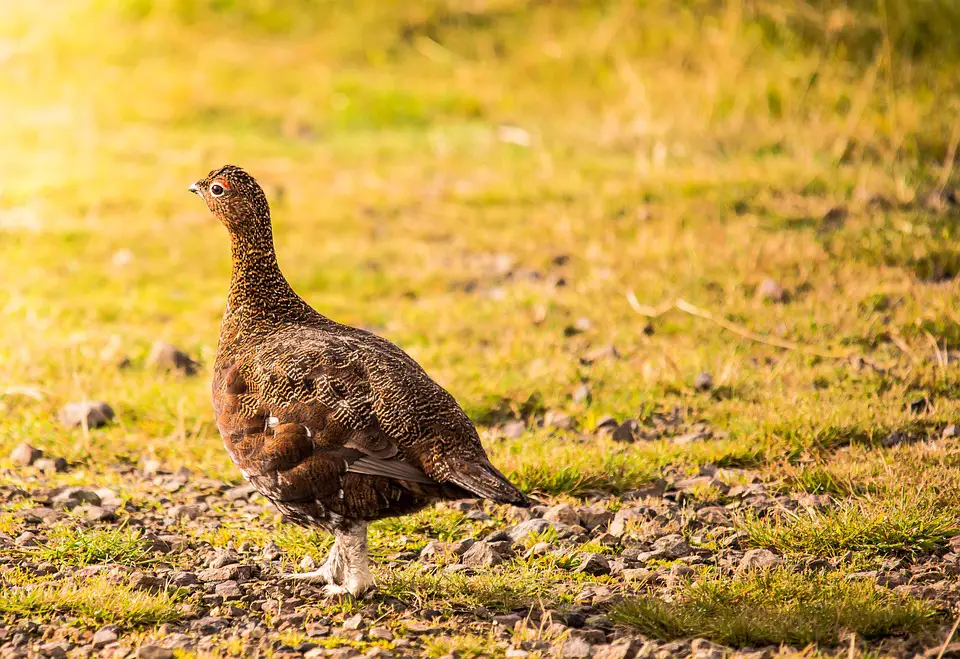
In reality, grouse hunting requires just as much as skill as hunting most other kinds of game in North America. The good news is that if you know what you’re doing, you dramatically increase your chances of having a successful hunt. Let’s go over the top five tips for grouse hunting:
1. Practice Your Shooting Skills
The first thing you need to do before you even think about hunting grouse is to practice your shooting skills. This is a tip that holds true regardless of what you’re hunting. After all, if you’re not a good shot, not only do you decrease the odds of you hitting your target it’s also a major safety concern.
The best way to practice your shooting skills for grouse will be with sporting clays and to play rounds of skeet or trap. Your window for shooting a grouse will be very short because when disturbed, they will quickly fly from their hidden position to a new one. Skeet and trap are a similar set up as the clays will be shot quickly across your field of vision and you’ll have mere seconds to react and fire.
Practice bringing up your shotgun quickly and aim just in front of the clay to make a hit. Through repetition, you will get the hang of it and you’ll be able to put your skills to the test on your next grouse hunt. 
2. Choosing Your Equipment
As with any hunt, you’ll need to choose your equipment wisely. 20 gauge and .410 bore are the two most common calibers of shotgun that are used for grouse as they are both light enough to avoid making a mess of meat; use birdshot in both cases. Some hunters will use 12 gauge birdshot for grouse as well, though others believe 12 gauge is too heavy and should be reserved for larger game birds such as turkey.
In addition to your shotgun, you will also need an orange vest (if applicable to the laws in your area), a solid pair of hiking boots, a coat or jacket to keep you warm, navigation equipment, knife, water, a survival kit, and a pouch to hold your spare shells. In addition, consider carrying a .22 LR sidearm for personal protection or as a backup to your shotgun; many grouse have been taken with a .22 just as they have with a shotgun.
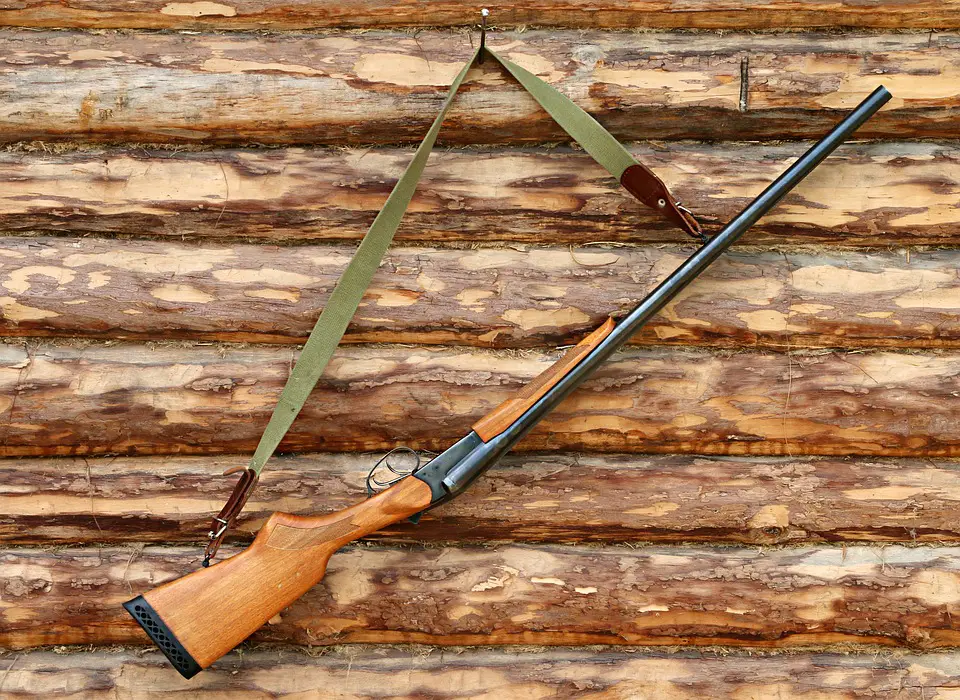
3. Walk Slowly and Stop Often
Trampling on through the woods like it’s nobody’s business is a mistake that newbie grouse hunters make and one that you would be best avoiding. Grouse hunting should be done slowly and quietly, not loudly and quickly.
The reason why is because grouse are actually more unnerved by silence than by loud noises, so you’ll be more likely to flush one out if you walk slowly and stop often. When a grouse thinks he hears you approaching and then hears nothing when you stop, it will make him believe that you are about to attack and he may fly into the air to give away his position. In contrast to this, if he continues to hear you walking on by, he’ll remain still and hidden.
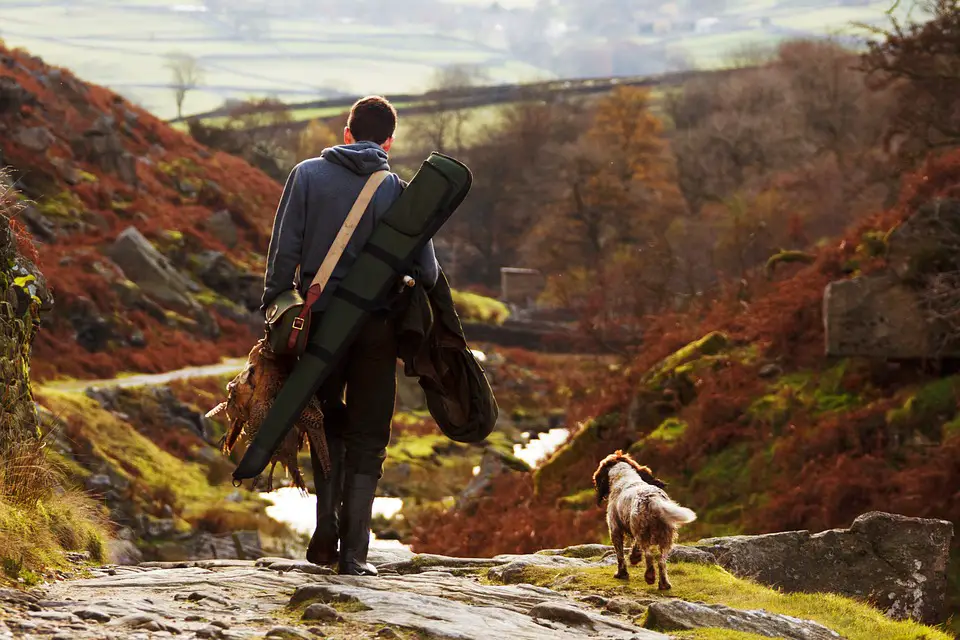
4. Know Where to Find Grouse
Grouse are certainly one of the most challenging types of game birds to hunt, but you can always make it less challenging just by knowing where grouse like to be. The best places to look for grouse in a forest will be in the thick, brushy parts with small trees, bushes, sapling growth, and grapevines.
While it’s certainly not very pleasant to walk through these parts of the woods, these are also the best hiding spots for grouse and where you’ll need to go if you want to flush them out.
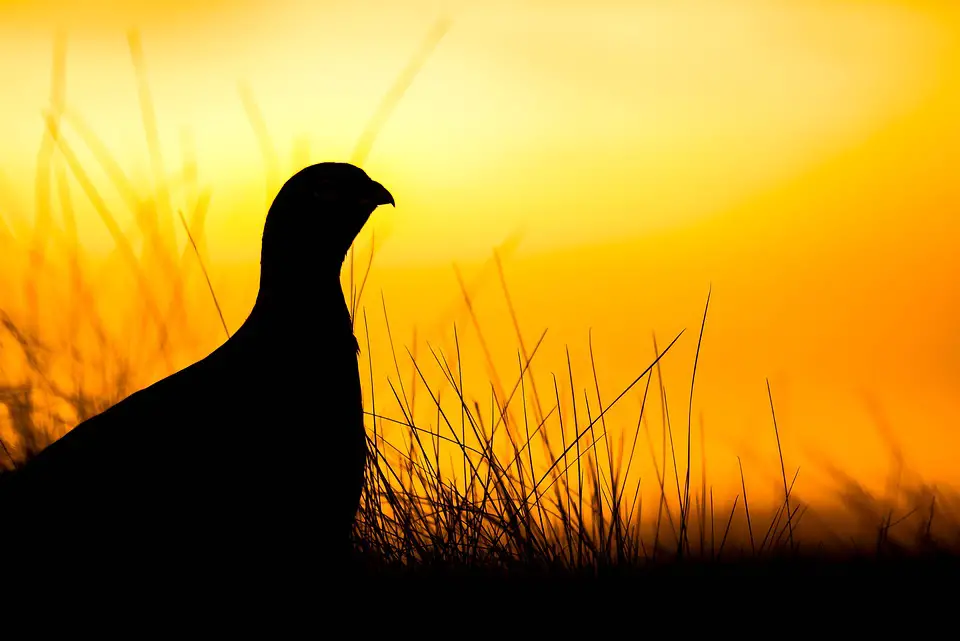
5. Try For A Second Flush
Let’s say that you manage to flush a grouse out but before you can get a shot off the grouse disappears again. Does this mean that you should give your hopes up? Absolutely not. On the contrary, you should always try for a second or third flush after the first.
After flushing out a grouse, mentally mark the location of the flush. Grouse don’t fly very far, so your prey should be within a hundred and fifty yard vicinity of this location. Walk around within this vicinity, and you should be able to flush them out again.
In addition, it’s also important to remember that there may be multiple grouse in the same area, so just because you flushed one or two out doesn’t mean that there aren’t any more there. Continue hunting the same area for an extended period of time rather than moving on to a new one.
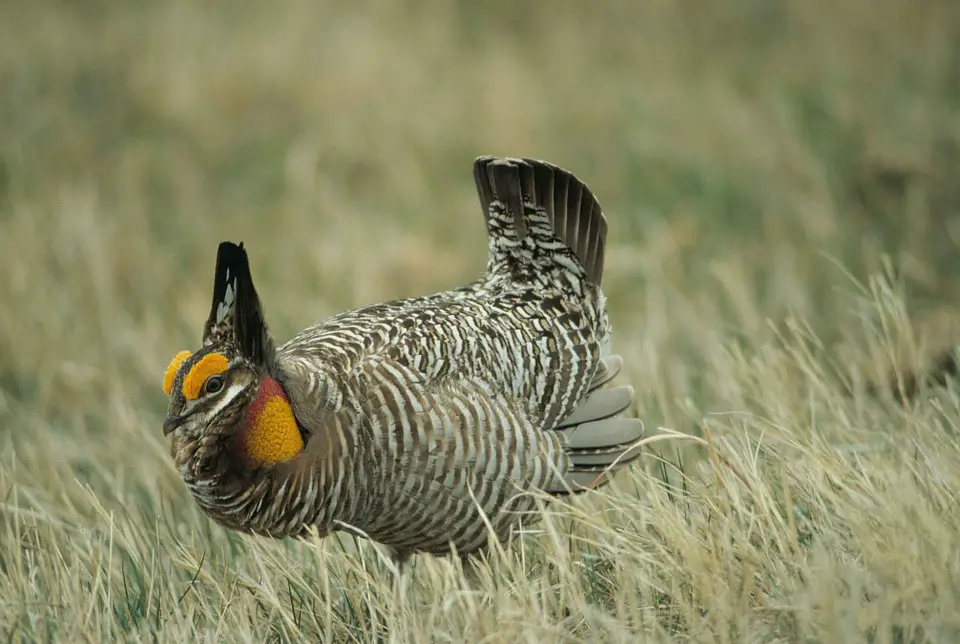
Conclusion
All in all, grouse hunting is a little more complicated than it sounds. It requires much planning, knowledge, and due diligence on your part to be successful.
The good news is that grouse hunting is very fun as anticipation builds for when the next bird will burst out of its cover and give you the opportunity to take a shot. By following tips you have learned in this article, you will dramatically increase the odds of that happening.





